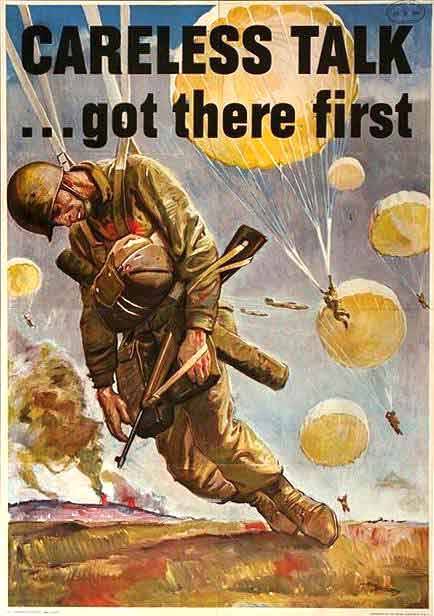Invasion of the
Body Snatchers- 1956- Directed by Don Siegel
Created in a time of intense paranoia due to the cold
war, Invasion of the Body Snatchers seems to capture a tension amongst Americans,
a tension that was encouraged by propaganda and impending threats of national
takeover. Set in the town of Santa Mira, Invasion of the Body Snatchers is a
classic science fiction film that does what good sci-fi movies do; invade our
fears and minds to visually portray our nightmares before us on the big screen.
Opening scene, a hysteric man pleading with doctors to listen to him because he
is not crazy, eyes bulging with sweat covering his face, he also claims to be a
doctor. This scene sets the tone right away, drawing us in to the chaos of the
moment, then the film cuts to the set up. We are taken back to a few days
prior, where we learn that the hysterical man is indeed a doctor, Doctor
Bennell is returning home after attending a conference to find out that the
people of Santa Mira have been impatient to see him. He eventually finds out
that some his patients have a growing concern regarding some of their own
family member, they claim that they are not who they seem to be; a child in
fear of his mother, a wife certain that her husband is not her husband, however,
their appearances are not altered in any way. Dr. Bennell is skeptical at best
and doesn’t quite know how to deal with his situation. Later the doctor is on a
date with an ex girlfriend Becky Drescoll, who just so happens to have a
similar situation as other Santa Mira citizens, in that she fears her uncle is
not himself. Their date is interrupted when there is a report of a miscellaneous
body found in a home. The doctor and his date arrive to the house, where he
examines the body, a motionless being with no distinct physical features. Very
curious, so the doctor has the residents keep an eye on the body over night and
ask them to call him if anything strange happens. And of course something strange
happens; the body takes on the likeness of the man in the house, taking over
his life upon falling asleep. The doctor is made aware of the situation and now
accepts that the problem is very real. Dr. Bennell attempts to contact the
authorities but has no luck in that all the phone lines are busy. Later the doctor and Becky visit a friend’s
house where he discovers large seedlings in a green house that start to hatch and
grow into human forms that resemble Becky, himself and the man and wife of the
house. It’s time for action, the doctor plans to escape town but winds up
trapped in his office by some of the citizens who have now been converted to
their new self. They attempt to convince the doctor and Becky that converting
is no big deal and that they should stop resisting the inevitable and just fall
asleep so that their bodies can be taken. The doctor and Becky attempt to
escape town again, this time they are being chased down by an angry mob of
invaders, they get away for now into a cave along a mountainside. In a moment
of poor decision the doctor leaves Becky in the cave in order to see if the
invaders were close, she falls asleep and is converted. The doctor eventually
escapes the mob and makes it to the crowded freeway, screaming and yelling all
over the place about the impending danger of the invaders. He is brought to a hospital
and what to you know, we are right back at the beginning and Dr. Bennell is
pleading with the other doctors to listen to him. Whether the doctors believe
him or not the invasion has begun and fear has taken over Dr. Bennell.
Invasion of the Body Snatchers drops the viewer right
into the madness and then builds up a convincing story about alien invaders
taking over the planet one person at a time through seedlings that hatch and
morph into a person’s likeness. A slow take over that blows up into an epidemic
causing mass hysteria and chaos. Not an easy plot to film and make believable
but this film was completely enjoyable and even fun at times. The sets and
actors weren’t over done and campy, in fact it all blends nicely, adding to the
believability factor of the film. Like some of the other films we have watched
in this class, the premise of mob rule comes into play, this time however it
was to convert a character not kill them, it is the fear of being outnumbered or
outnumbering that has become a tool that is effective in these movies, it
provides an us versus them aspect that the viewer can grab on and relate to.
Another interesting aspect of this movie was the direct interaction and dialog
with the audience, at times Dr. Bennell provides insight through an overdubbed
narrative or looks intensely into the camera to make eye contact with us as if we
are right there with him. Overall, Invasion of the Body Snatchers is a great
science fiction film that addresses a lot of deeper social issues and fears of
the time, disguised as an alien invasion film.


